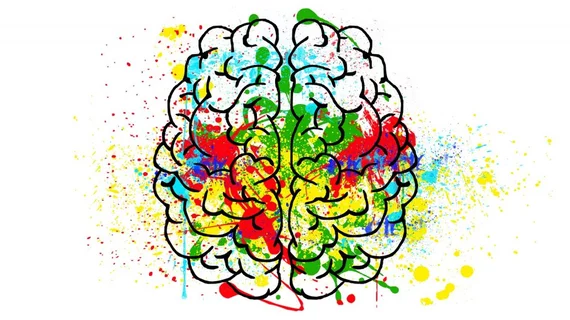AI helps researchers ID brain aneurysms on CTA examinations
A new automated detection tool using deep learning can detect clinically significant brain aneurysms on CT angiography (CTA) examinations, according to a new study published in JAMA Network Open.
“There’s been a lot of concern about how machine learning will actually work within the medical field,” co-lead author Allison Park, BA, a graduate student at Stanford University, said in a university news release. “This research is an example of how humans stay involved in the diagnostic process, aided by an artificial intelligence tool.”
The tool is built around a deep learning algorithm, HeadXNet, that helped radiologists correctly identify six more aneurysms in a group of 100 scans and led to an improvement in overall consensus.
The research began when Kristen Yeom, MD, an associate professor of radiology at Stanford and a co-senior author of the study, brought the idea to the school’s AI for Healthcare Bootcamp.
“Search for an aneurysm is one of the most labor-intensive and critical tasks radiologists undertake,” Yeom said in the same news release. “Given inherent challenges of complex neurovascular anatomy and potential fatal outcome of a missed aneurysm, it prompted me to apply advances in computer science and vision to neuroimaging.”
A training set of 611 CTA examinations was applied, and eight clinicians tested HeadXNet by interpreting 115 separate scans both with the algorithm and without it. Overall, the automated detection tool led to improvements in sensitivity, mean accuracy and mean interrater agreement. On the other hand, no significant changes were observed in mean specificity or time to diagnosis.
The news release noted that it may still take time until hospitals throughout the United States can easily use such a tool without also being involved. Andrew Ng, PhD, adjunct professor of computer science at Stanford and a co-senior author of the study noted that this should lead to continued collaborations.
“Because of these issues, I think deployment will come faster not with pure AI automation, but instead with AI and radiologists collaborating,” Ng said. “We still have technical and non-technical work to do, but we as a community will get there and AI-radiologist collaboration is the most promising path.”

